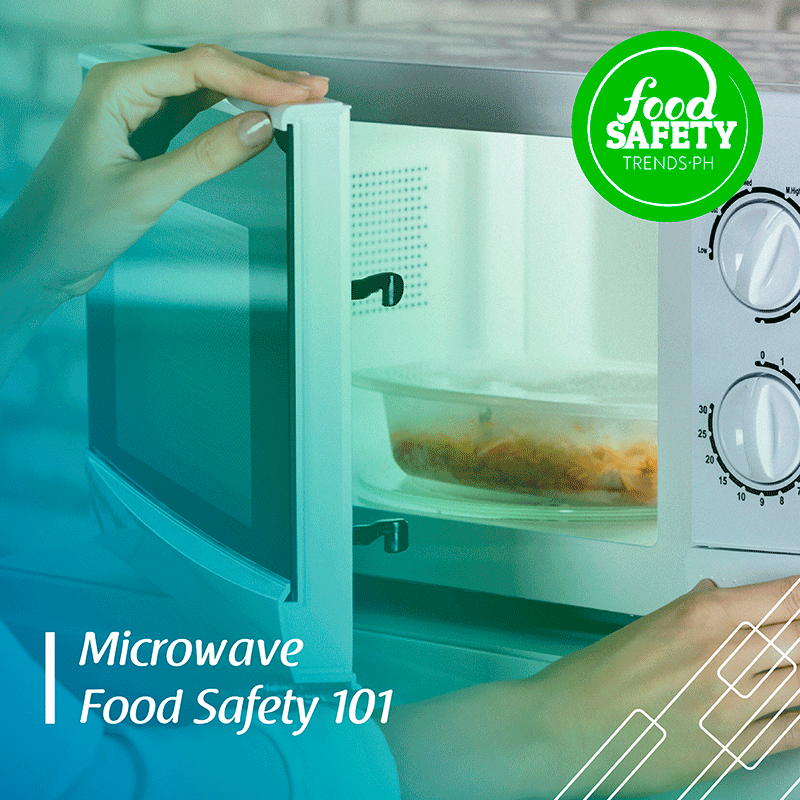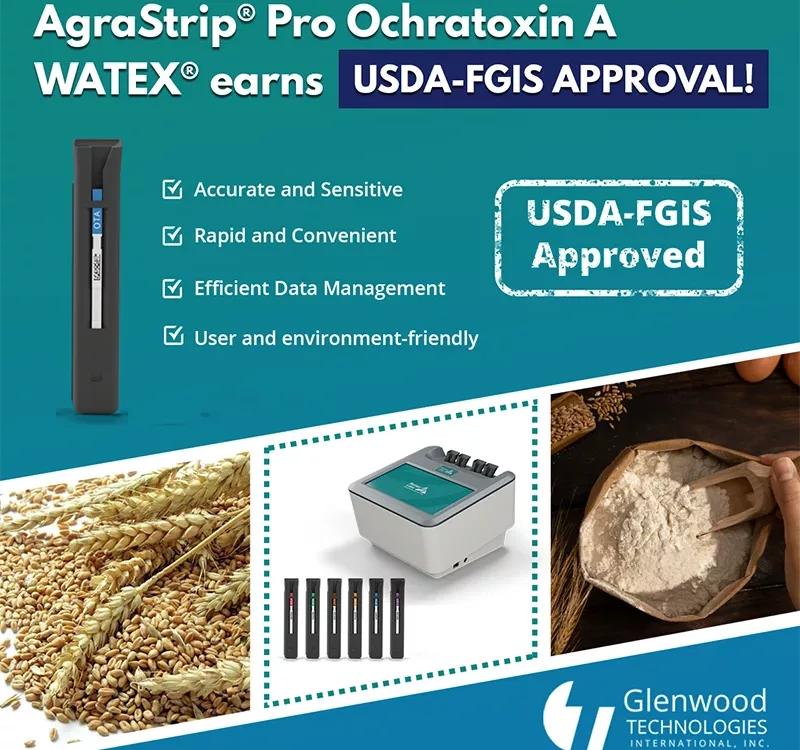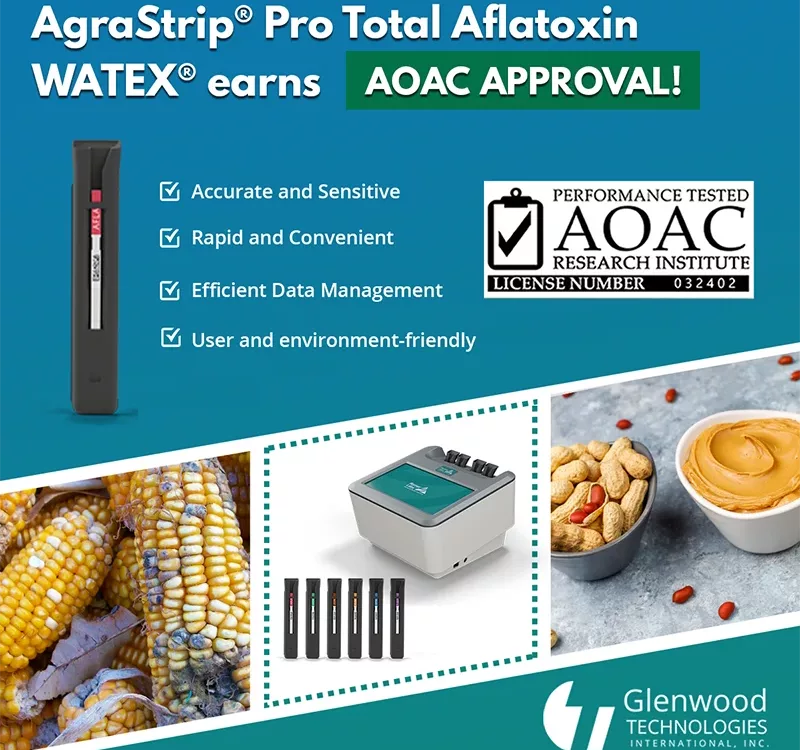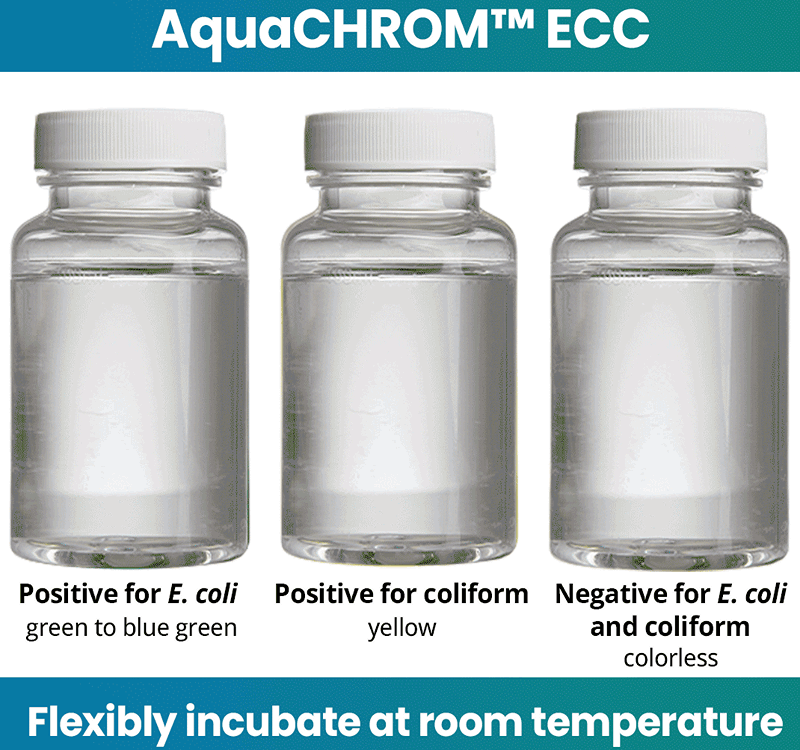Microwave Food Safety 101

Microwave ovens have been playing an important role in food preparation since their creation in the 20th century. To make sure food is safely prepared, special care must be taken when cooking or reheating. Microwave ovens, even those that have turntables, can cook food unevenly and leave "cold spots" where bacteria can survive. Bacteria can only be killed and food can only be kept safe when foods are heated to a safe internal temperature.
The US Department of Agriculture - Food Safety and Inspection Service (USDA FSIS) has recommendations when using your microwave for defrosting and reheating food.
When defrosting:- Remove food from its packaging. Do not use foam trays and plastic wraps, as they are not heat stable at high temperatures.
- Rotate and turn food upside down where possible.
- Cook meat, poultry, egg casseroles, and fish immediately after defrosting in the microwave oven.
- Cover foods with a lid or a microwave-safe plastic wrap to hold in moisture and provide safe, even heating.
- Heat ready-to-eat foods (e.g. luncheon meats, fully cooked ham) until steaming hot.
- Allow standing time after reheating foods. Use a clean food thermometer to check that food has reached 74 °C.
- Remove spatters and spills, as they occur to avoid dried food residue.
- Wipe with a soft cloth or clean paper towel dampened with warm water.
- For heavier soil, use baking soda, a mild soap, or dishwashing liquid.
- Do not use steel wool, scouring pads, abrasive cleaners, or oven cleaners.
- To remove food odors or loosen baked-on food residue, mix 6 tablespoons of baking soda or 1/2 cup lemon juice with one cup of water in a microwave-safe glass measure. Microwave the mixture until it boils, then leave the mixture without opening the microwave door until the mixture cools. Wipe the surfaces with a soft cloth or paper towel.
#MicrowaveCooking #FoodSafety #FoodSafetyPhilippines #FoodSafetyPH #FoodSafetyLifeMatters #FoodSafetyTrendsPHMagazine #FSTM #GlenwoodTechnologies #Glenwood






